
The 6 Best Disney Characters Based on Folk Tales
Join us for a rundown of the best Disney characters that were inspired by even older, deeply cultural stories
Mention Disney these days and you might get the question: Which Disney? Marvel movies, Star Wars, Pixar films, their live action movies (like Pirates of the Caribbean) or the classic animations? The business behemoth has a slice of so many companies, try googling the number and you’ll get many different answers.
At Menkind, our world is pop culture, and Disney is a big part of that – just look at our Disney merchandise collection. We also love comic books, so we can’t resist a good origin story. We’ve mashed our Disney obsession with our comic book passion to give you our list of the top 6 Disney characters based on folk stories, myths and fairy tales.
1. Ariel, The Little Mermaid
Ariel, the underwater princess obsessed with human culture, who falls in love with a dashing prince and sacrifices her lifestyle for the chance to meet him. And live happily ever after of course.
As with most Disney adaptations of fairy tales, the sad parts of the original The Little Mermaid were smoothed over before getting to the big screen. It was based on Hans Christian Andersen’s tale of 1837, which is far more melancholy.
In the old tale, the princess is desperate for a human soul, and endures the sensation of a sword stabbing her to get her legs. She is also given the talent to dance like no other, but every step she takes feels like dancing on knives. Finally, the prince marries someone else and she dies of a broken heart, but is promised a soul if she does good deeds for 300 years.
Although this feels more moralistic and realistic an outcome than the Disney version, we still prefer bopping around to Under the Sea.
2. Aladdin
Aladdin, the young street rat with the charisma of a leading man and the haughtiness of a public schoolboy. He finds a genie who grants him three wishes and of course uses them to get money and a princess in Agrabah (some sort of Baghdad). Who wouldn’t?
The Disney film is a mishmash of different tales, but so was the original it was based on. First recorded in the 1700s by a Frenchman travelling the Middle East, he translated the famous Thousand and One Nights – or The Arabian Nights. Aladdin was a late entry he picked up from a local storyteller who told a tale of a young man in China.
In the original entry, Aladdin has to fight three people, where Disney blends them all into one character, Jafar. But apart from that the Disney version is surprisingly true to its plot. Of course the original didn’t have Robin Williams or any showtunes, and the princess is named Badroulbadour – a slightly less pretty name than Jasmine.
3. Mulan
The 1998 movie Mulan was Disney’s first foray into Eastern folklore, and for a long time was pretty much all us kids knew about Chinese culture. Mulan is the heroine who cuts her hair and takes her aging father’s place when he is called up to fight nomadic invaders. She is at once pretty, with a beautiful singing voice and able to pass for a grizzled male soldier – Disney never claimed to be realistic.
In the original Chinese poem, the Ballad of Mulan, she goes to war for 12 years without anyone knowing she is a woman. The poem, which has been modified and added to since the 6th century, leaves out the detail of what happens in those 12 years at war. Which must have made it easier for Disney to shoehorn in their usual wise-cracking sidekick (Eddie Murphy’s dragon), and romantic interest, Captain Li.
What the two tellings have in common is that at the end of all the fighting, Mulan refuses her rewards, only asking to return home to her family. Great to see that hundreds of years hasn’t changed stories telling women to be good little girls no matter their heroism.
The movie is also a bit of a mishmash when it comes to historical accuracy. While the movie is set in Han Dynasty China, history buffs will be able to spot that fire cannons weren’t invented until the 14th century. But we’ll let it slide.
4. Rapunzel, Tangled
In 2010, Disney launched their 50th animated feature film with the 10th Disney princess, Rapunzel – the girl with magic hair. It was the most expensive Disney movie ever, produced for $260m.
This is one of those Disney films where the main character is given far more agency than in the original fairy tale. In Tangled, Rapunzel is desperate to go out and see the world, but is trapped by a selfish witch who uses her magic hair to stay young and beautiful. She eventually defies the witch with wit and determination and escapes with the help of a thief with a heart of gold.
In the fairy tale, Rapunzel’s personality is not so developed. Trapped by the witch atop a stone tower with no door or stairs, in the middle of the woods, she sits and does nothing. A prince hears her singing, promptly falls in love and watches how a witch climbs up her hair.
When the coast is clear, he climbs up, impregnates her and leaves; but she, a foolish girl, later lets slip to the witch what happened. Rapunzel is banished to bring up her twin babies, the prince valiantly battles the witch and wanders the wilderness searching for her. They reunite and live happily ever after (there is a good bit earlier where his eyes get scratched out).
It’s clear that the original Rapunzel is simply a prize for the prince and the witch. Disney did something good in changing that.
5. Wart, The Sword in the Stone
Wart is the little English servant boy with an American accent who becomes a king through divine right. It’s a similar story to the boy who lived under the stairs and became the wizarding world’s chosen one. They don't actually have to do anything to earn their chosen one status, it’s just their birthright.
Educated by none other than Merlin and his owl Archimedes, Wart is transformed into a fish, a squirrel and a sparrow to learn about the sciences. Merlin teaches Wart that knowledge is more powerful than strength and Wart finally learns that he is Arthur, the heir to the throne of England, when he pulls the legendary sword from the stone.
The 1963 film is based on the legends of King Arthur, a founding myth of England that has been told and retold with different variations. In the legends, Arthur did indeed pull a sword from a stone, and he was advised by the wizard Merlin. But his origin story is a little bit more sordid.
Uther Pendragon, King of England, is infatuated with Igrayne, the wife of one of his dukes. She refuses him, so the king marches on their castle, and kills the duke in battle. He strikes a deal with Merlin to disguise him as the dead duke so he can sleep with Igrayne, in return for the baby Arthur.
The legends are shrouded in mystery and medieval politics, but one thing we do know is that in the original, Arthur didn’t have an American accent.
6. Hercules
Hercules is the Greek lad who went from zero to hero thanks to his satyr-cum-boxing instructor Danny Devito. Son of Zeus and Hera, King and Queen of the Gods, he is cast down to earth by his jealous uncle Hades as a baby. He grows up not knowing his true nature, has super strength but suffers from clumsy teenage malcoordination, making him a social outcast.
Based on the Greek myth of Heracles and his 12 labours, Disney had to dilute it and a whole culture of mythology into one feature film. And they did it well, but there were some major differences with the myth.
First of all, those of us who grew up with the shows Hercules: The Legendary Journeys and Xena: Warrior Princess, know the baddie is actually Hera. She is Zeus’s wife, Hercules’s jealous stepmother, and tries to kill him as a baby.
When Hercules is a grown man, Hera uses her power to drive him mad and, in his insanity, he kills his own family. Devastated, he undertakes the legendary 12 tasks as a self-imposed punishment.
Take a look at our Disney gifts collection.
Disney-fying a story is both a good and bad thing
As we have seen with our 6 characters, their treatment by Disney has both good and bad consequences.
- Good: The original myths and folktales are often pretty depressing, and adding a bit of charm and personality to the heroes made our childhoods a little more colourful.
- Bad: The original stories often had a point, either historical or moral, which Disney smoothed over to make everything happy and clappy.
Either way, we recommend you read or watch both versions of the story. The more you learn about them, the more patterns and messages appear, the more you appreciate the genius of Disney’s filmmakers.
 Sign In
Sign In











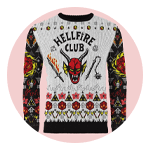

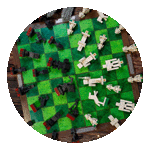
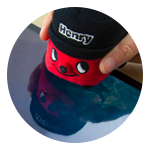
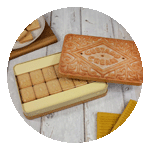























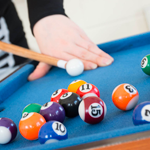



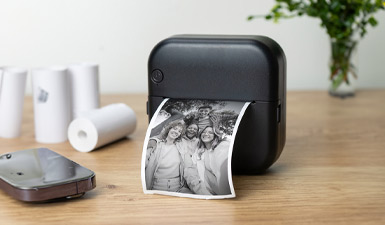








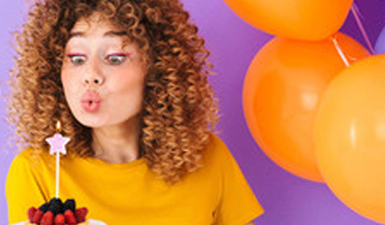




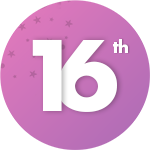
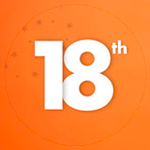

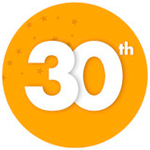



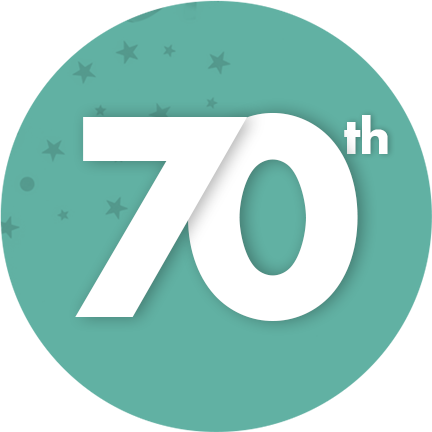

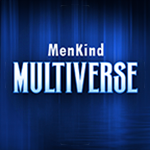
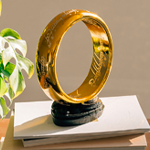
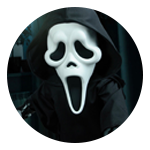





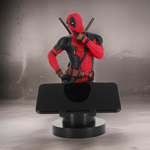


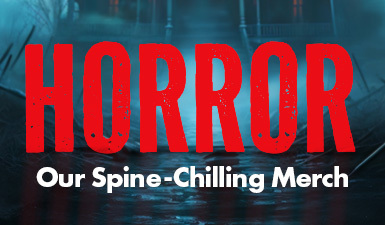
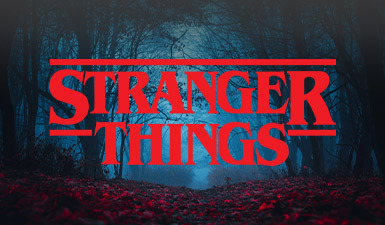



























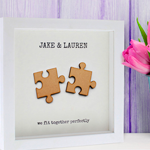





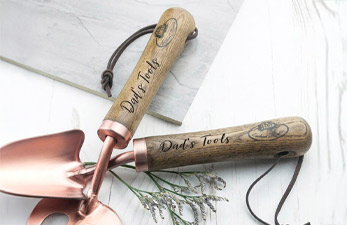
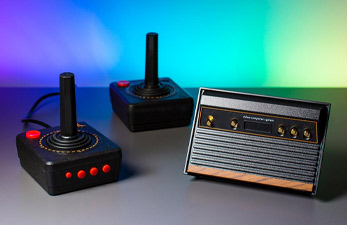


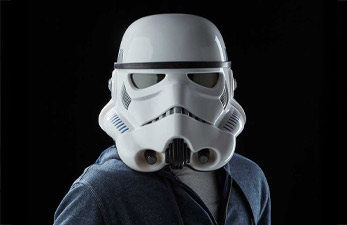

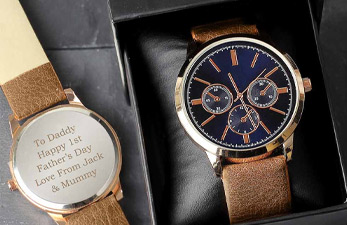

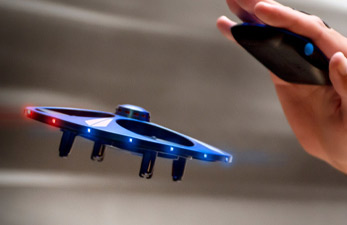
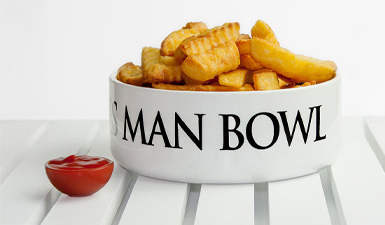
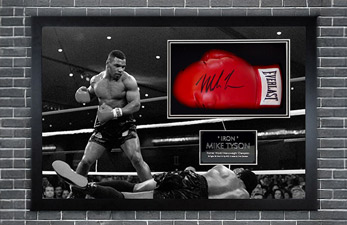
 Free Same-Day Click & Collect
Free Same-Day Click & Collect